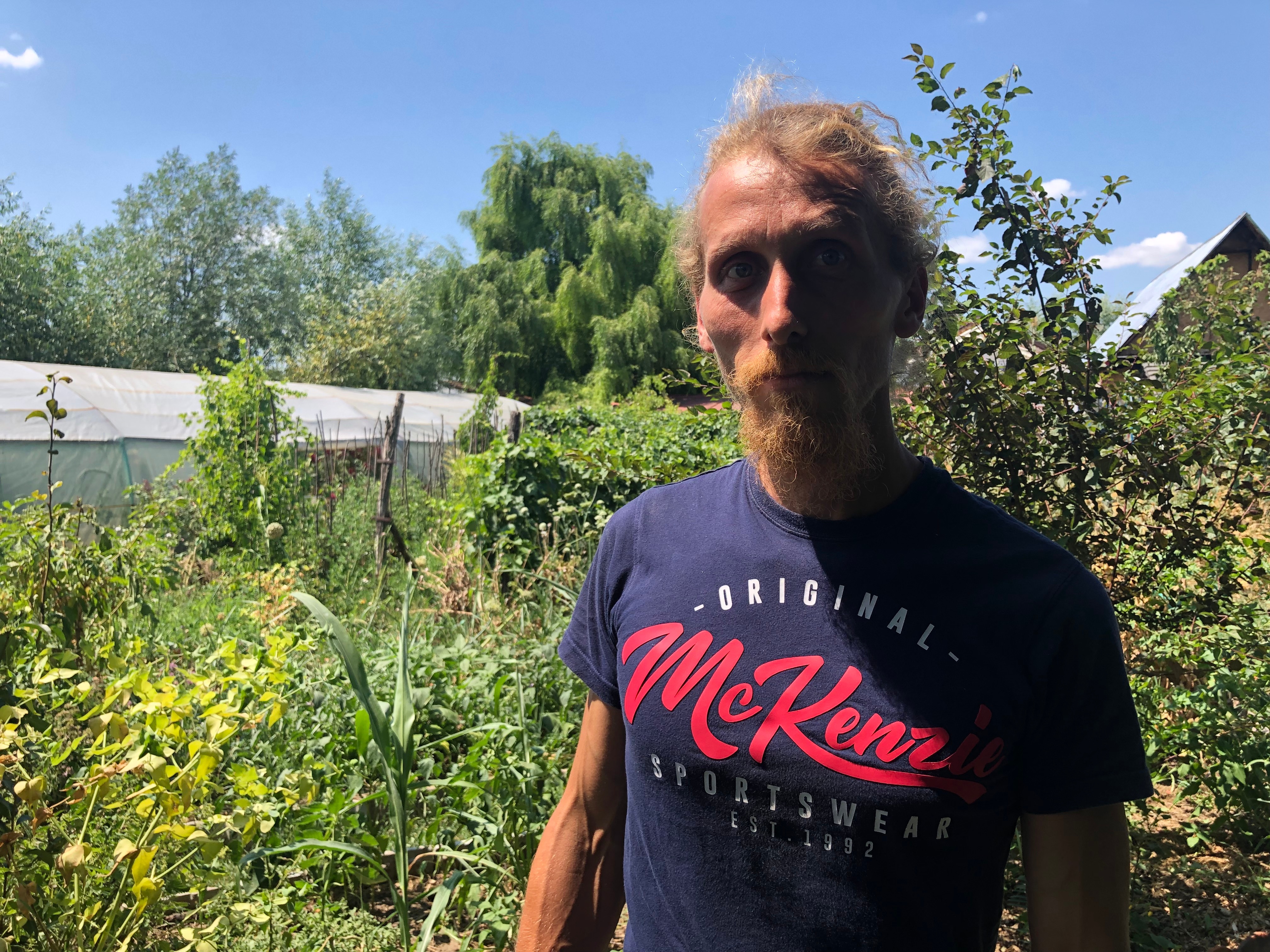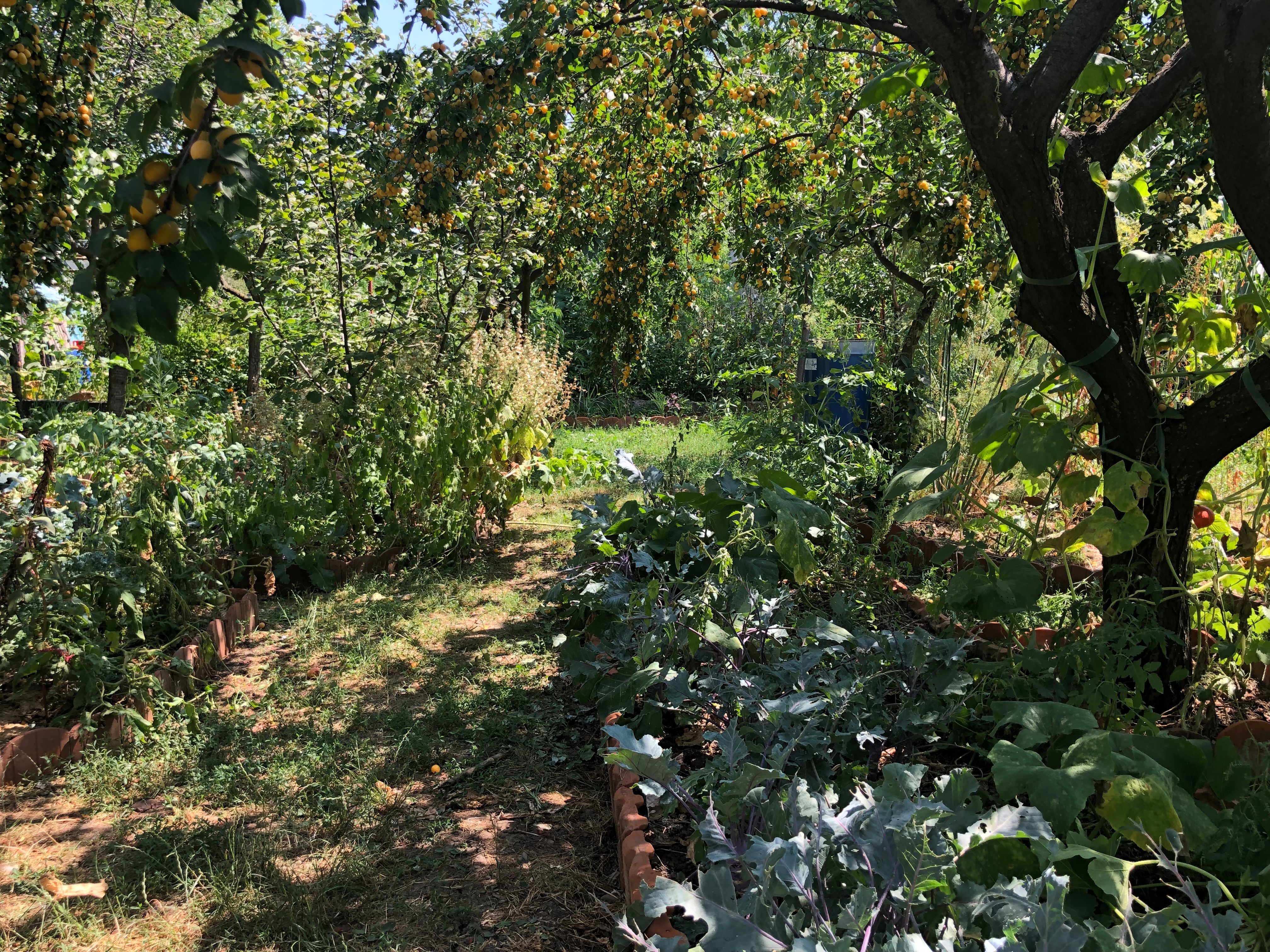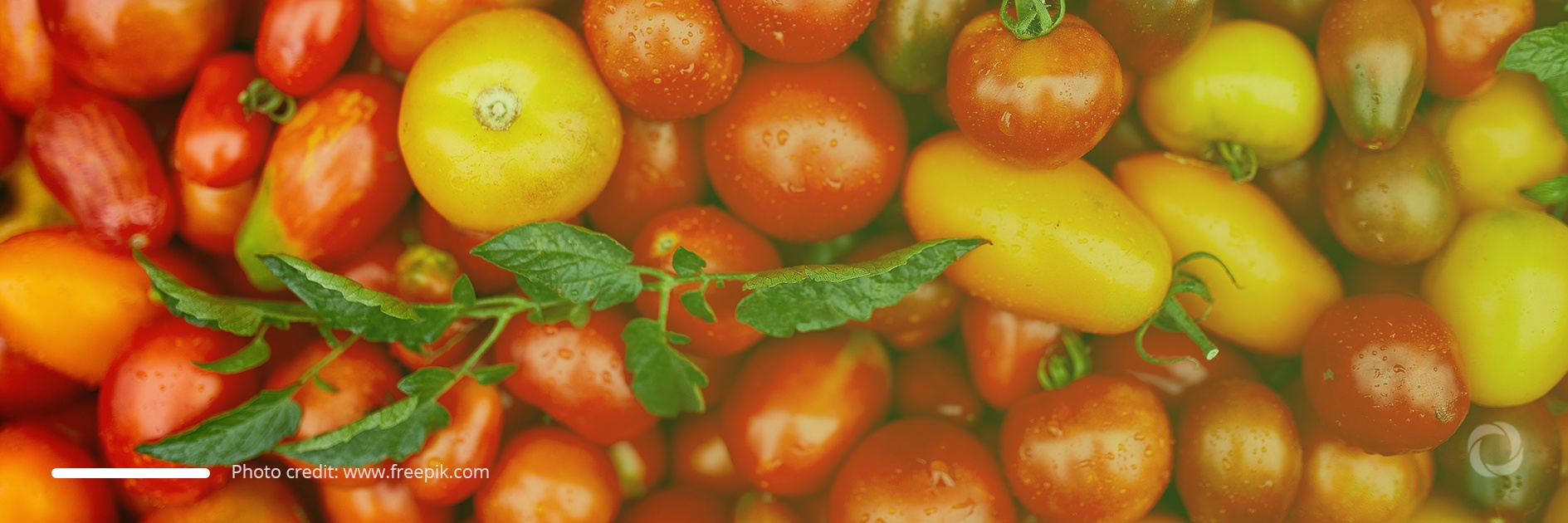Human life depends on natural resources and ecosystem services. In view of the progressive degradation of natural capital, the discussion about how to take nature into account in the economy is one issue on political agendas that has resulted in a variety of incentives and tools to address this. While the shift to sustainable farming practices considers the retention of ecosystem services to require additional effort, it appears that restoring nature not only helps to make agriculture sustainable, it also helps the producer to be more efficient in terms of the amount of labor needed. In an exclusive conversation with DevelopmentAid, Bogdan Suliman, a practitioner of peasant agroecology and subsistence farming shared how caring for birds and bats helps him to work less while allowing nature to work for him.
Ecosystem services are nature’s services that are essential to life-support systems. They include flood regulation, soil erosion protection, pollination, carbon storage, pest regulation, and cultural services to name just a few.
It comes as no surprise that ecosystem services have been discussed in the context of economic tools and measures that adequately account for the benefits that people obtain from nature. Thus, natural capital accounting has been receiving increasing attention in the European Union as it helps “to integrate the value of ecosystem services into accounting and reporting systems” at different political levels.
Ecosystem services in agriculture: the goal or the mean?
Discussions and initiatives around ecosystem services often envision these as the goal that a producer in any given activity should work to achieve. For instance, the Incentives for Ecosystem Services is being promoted by the Food and Agriculture Organization (FAO) of the United Nations which is a package of measures for producers and decision-makers that will help to accelerate the shift to sustainable farming practices and at the same time restore ecosystem services. These include policy-driven (e.g., taxes, offsets, conservation concessions) and voluntary investments (e.g., rewards for ecosystem services).
Furthermore, according to the FAO, the protection and enhancement of ecosystem services in agricultural landscapes
“usually requires additional efforts or inputs, such as up-front financing, land, and labor during their establishment, or new seeds and technology” and “may also introduce risks, such as poor early performance of the new approach or higher labor and maintenance costs.”
In practice, however, such concerns are not wholly valid. In fact, enhancing ecosystem services can help producers to decrease the number of working hours and effort involved as well as reducing maintenance costs because nature is allowed to do the work for them.
Bogdan Suliman: I don’t work in my garden, I use the energy from the insects, plants, and animals
In conversation with DevelopmentAid, Bogdan Suliman, a member of the coordinating committee of EcoRuralis, a grassroots peasant’s association in Romania who is also a practitioner of peasant agroecology shared how ecosystem services help him to work smart and not hard. Agroecology is an ‘advanced form of human technology’. It is being increasingly recognized worldwide and therefore has fallen under the spotlight in a range of international projects such as Agroecology for Europe. EcoRuralis is one of the partners of this project as it is to several others. The association and Bogdan have been involved in a project supported by Erasmus+ which aims to design a common training referential based on peasant agroecology at both local and European level which will allow peasants from several European countries (Romania, Spain, Belgium, Italy France and Norway) to exchange knowledge and seeds, thus developing knowledge of agroecology to bring about more efficiency in production.

“That is what we are focused on, how to grow more with less energy than just growing and selling,” he stressed.
Being de facto a subsistence farmer, Bogdan has a modest surplus and he revealed that although it would be possible to increase production, instead he invests in research and knowledge, for instance through observation. Apart from the qualification in permaculture that he has obtained, he is constantly learning using the knowledge available to him but he is aware that all that he does learn needs to be tested in the given context. Thus, he has been using nature’s services to save energy.
“I don’t work in my garden, I use the energy from the insects, plants, and animals so that they can coexist with each other and make better productivity,” explains Bogdan.
He offers several examples of how to make working in the garden more pleasant while at the same time regenerating biodiversity. There is an inner motivation to restore nature as it clearly brings benefits to the producer. Thus, Bogdan refers to snakes of which there are almost none but which could help producers to control the mole population. He explains how important bats are for pest control and management by, for instance, eating moths and, as they are active during the night, bats eat these before they have time to lay eggs. Bogdan is planning to build a bat house so that he can make use of their excrement too for soil fertilization. He adds that “modern construction is breaking down old buildings and they don’t leave room for bats” and indeed, bat populations have undergone massive historic declines although some species have been showing positive trends in recovery on the European continent.

Accordingly, Bogdan does not spray his trees with pesticides because
“if the pest is gone, then its predator is gone too. If there is another infestation, and you don’t have predatory insects, the population grows out of control.”
Bogdan is also trying to attract birds that control certain pest insects. Specifically, he is trying to attract storks to control the number of frogs in his garden. He explains, that applying agroecology creates more humidity in the agroecosystem and hence attracts frogs that, although beneficial in certain quantities, represent a problem if are too many. In fact, “amphibians which include frogs and salamanders – are the most threatened class of vertebrates” albeit very important as they also prey on pest insects and slugs.
Aside from attracting wild birds to his garden, Bogdan works with domesticated birds too. He has ducks that feed on weed seeds and snails as well as on crickets and grasshoppers and furthermore they do not require additional off-farm feed in the spring and autumn. He is planning to introduce chickens too which will help him with composting.
With all these activities, Bogdan shows how working with nature can bring benefits to the producer and at the same time restore biodiversity which indicates the overall efficiency of agroecology as a systemic approach in sustainable agriculture:
“Peasant agroecology is about combining the knowledge of the peasant and science. Bringing the technology that we have and the whole knowledge together, we can move forward in a sustainable way.”

